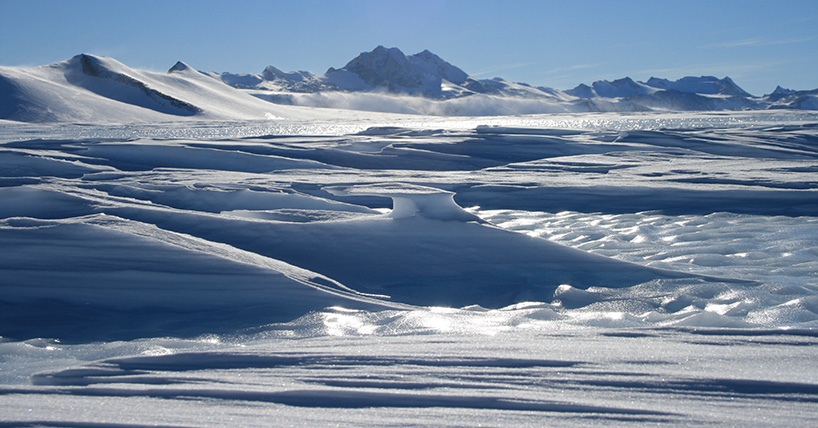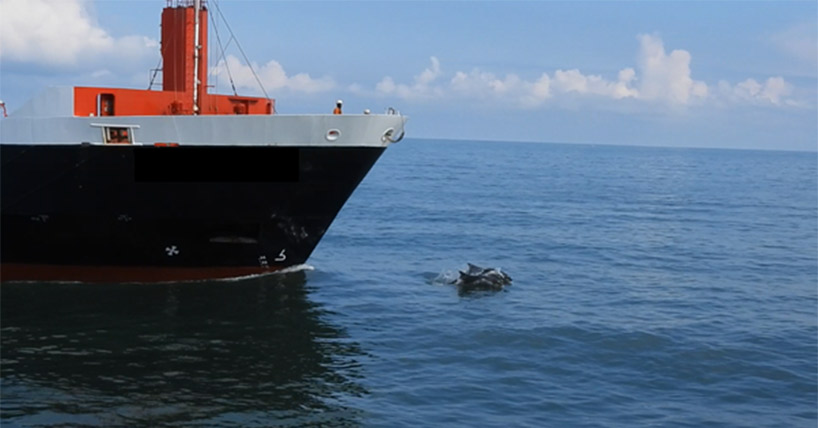antarctica extreme events
Climate change increasing Antarctica’s vulnerability to extreme events
Published on: 8 August 2023
Polar experts from Newcastle University have contributed to a new study that assesses how climate change is increasing the size and frequency of extreme events in Antarctica.
The research team, which also included scientists from the universities of Exeter and Leeds, the British Antarctic Survey (BAS) and the Polar Regions department of the Foreign, Commonwealth and Development Office, studied the impact of extreme events such as heatwaves on the Antarctic environment to understand what the causes are and how likely change is to occur in the future.
In their paper, ‘Antarctic Extreme Events’, published in Frontiers in Environmental Science, the scientists discuss the vulnerability of Antarctica to a range of extreme events, looking at its weather, sea ice extent, ocean heatwaves, glacier and ice shelf systems, and the effect on marine and land biodiversity.
For example, the world’s largest recorded heatwave (38.5°C above the mean) occurred in East Antarctica in 2022, and, at present, winter sea ice formation is the lowest on record.
These recent changes add to extreme events reported previously, including ice shelf collapse, the introduction of non-native plants and the mortality of sea birds following rain that later freezes.
These events will almost certainly become more common and more severe, placing Antarctica’s fragile environment at risk of considerable and in some cases, lasting, damage.
Dr Bethan Davies and Dr Neil Ross from Newcastle University’s School of Geography, Politics and Sociology, were part of the research team and contributed expert analysis of the impact of extreme events on the Antarctic ice sheet.
Dr Bethan Davies said: “Warming air and ocean temperatures can affect how stable the ice sheet is and is increasing meltwater on the surface of the ice. This water is reaching the bed of the glacier, making the glaciers flow faster, and increasing ice loss into the ocean. This study shows that changes in Antarctica can be rapid and have far-reaching consequences. In the vast majority of cases, it is virtually certain.”

Urgent policy action
With drastic action now needed to limit global warming to the Paris Agreement target of 1.5°C, the scientists warn that recent extremes in Antarctica may be the tip of the iceberg.
Professor Martin Siegert, the lead author of the study from the University of Exeter, said that it is more important than ever that policy action is taken to protect Antarctica: “Signatories to the Antarctic Treaty (including the UK, USA, India and China) pledge to preserve the environment of this remote and fragile place”, he said.
“Nations must understand that by continuing to explore, extract and burn fossil fuels anywhere in the world, the environment of Antarctica will become ever more affected in ways inconsistent with their pledge.
“Antarctic change has global implications. Reducing greenhouse gas emissions to net zero is our best hope of preserving Antarctica, and this must matter to every country – and individual – on the planet.”
The retreat of Antarctic sea ice will make new areas accessible by ships, and the researchers say careful management will be required to protect vulnerable sites.
Co-author Professor Anna Hogg, from the University of Leeds, added: “Our results show that while extreme events are known to impact the globe through heavy rainfall and flooding, heatwaves and wildfires, such as those seen in Europe this summer, they also impact the remote polar regions.
“Antarctic glaciers, sea ice and natural ecosystems are all impacted by extreme events.
“Therefore, it is essential that international treaties and policy are implemented in order to protect these beautiful but delicate regions.”
Much of the study was undertaken by examining changes over time in satellite images of Antarctica. The European Space Agency and European Commission Copernicus Sentinel satellites are an essential tool for regular monitoring of the whole Antarctic region and Southern Ocean. This data can be used to measure ice speed, sea ice thickness and ice loss at exceptionally fine spatial and temporal resolution.
Siegert et al. (2023) Antarctic Extreme Events. Frontiers in Environmental Science. DOI: https://doi.org/10.3389/fenvs.2023.1229283
Press release adapted with thanks to the University of Exeter


.jpg)
